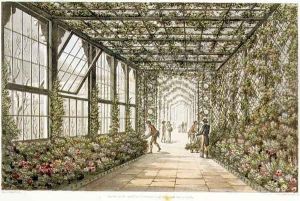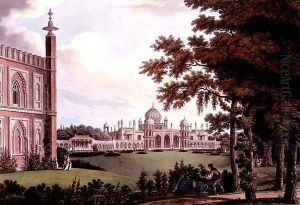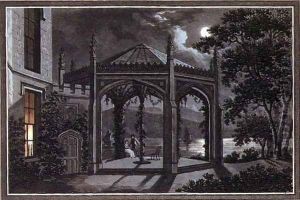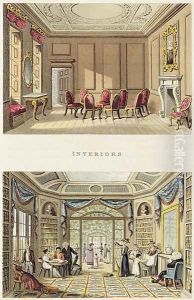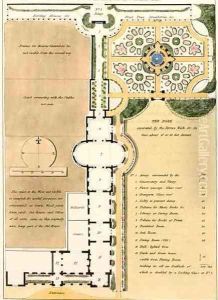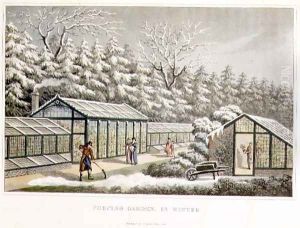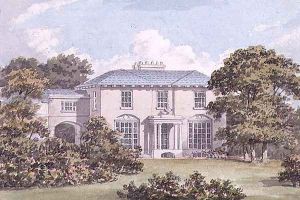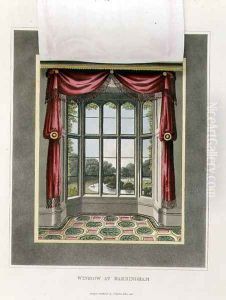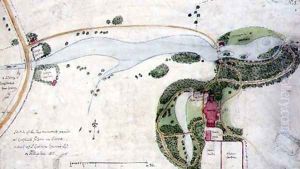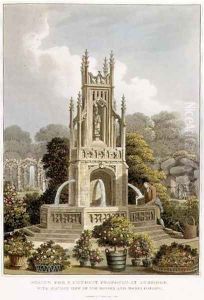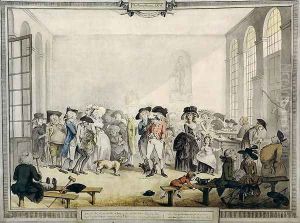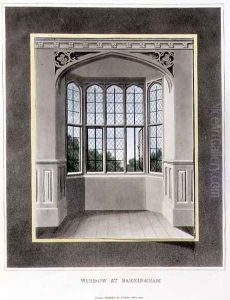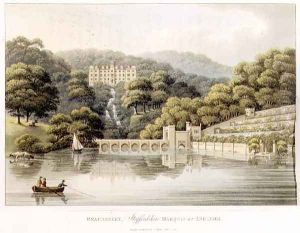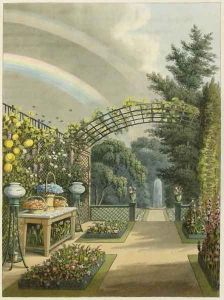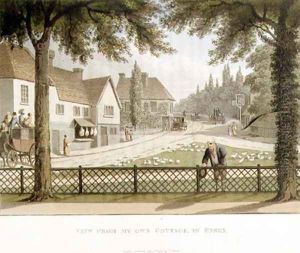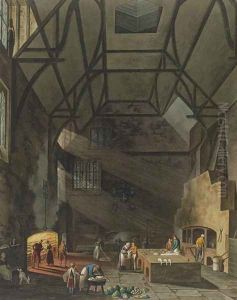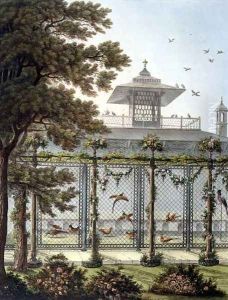





The Pheasantry, engraved by Joseph Constantine Stadler fl.1780-1812 from Designs for the Pavilion at Brighton, pub. 1808
-
About Reproduction
Discover the allure of art with our faithful reproduction of "The Pheasantry, engraved by Joseph Constantine Stadler fl.1780-1812 from Designs for the Pavilion at Brighton, pub. 1808", originally brought to life by the talented Humphry Repton. Unlike posters or prints, our hand-painted oil painting breathes an unique sense of depth and texture into your space. Every detail, every stroke, and every texture is meticulously recreated, paying the perfect homage to Humphry Repton and his artistic vision.
Owning this piece is more than just decoration - it's a statement of your refined taste in art. Let the vibrant colors and intricate details of this replica serve as a daily reminder of the beauty in our world. Elevate your decor and appreciate the richness of art with our replica of this masterpiece.
-
Painting Description
The Pheasantry is an exquisite engraving by Joseph Constantine Stadler, an accomplished artist known for his detailed and vibrant works during the late 18th and early 19th centuries. This particular piece is part of a series titled "Designs for the Pavilion at Brighton," which was published in 1808 by the renowned landscape gardener and designer Humphry Repton. Repton, who succeeded Capability Brown as the leading landscape designer in England, was instrumental in popularizing the picturesque style of landscape gardening. His collaboration with Stadler resulted in a collection of engravings that vividly captured Repton's visionary designs for the Royal Pavilion at Brighton.
Joseph Constantine Stadler, who flourished between 1780 and 1812, was a prolific engraver of German origin, celebrated for his skill in aquatint and other engraving techniques. His works often depicted landscapes, architectural designs, and scenes of everyday life, rendered with meticulous attention to detail and a keen sense of composition. In "The Pheasantry," Stadler's engraving technique brings to life Repton's imaginative design, showcasing a picturesque structure intended for the breeding and housing of pheasants within the opulent grounds of the Royal Pavilion.
The Royal Pavilion at Brighton, originally constructed as a seaside retreat for George, Prince of Wales (later King George IV), is an iconic example of Regency architecture and design. Repton's contributions to the Pavilion's landscape were part of a broader effort to transform the estate into a lavish and exotic retreat, reflecting the prince's tastes and interests. The Pheasantry, as envisioned by Repton and immortalized by Stadler, exemplifies the blend of functionality and aesthetic appeal that characterized the era's approach to landscape and architectural design.
Stadler's engraving not only serves as a historical document of Repton's design but also as a testament to the collaborative efforts between artists and designers during this period. The detailed depiction of The Pheasantry offers insight into the luxurious and whimsical elements that were integral to the Royal Pavilion's overall design, highlighting the interplay between natural beauty and human creativity. Through this work, both Stadler and Repton have left an enduring legacy that continues to be appreciated by historians, art enthusiasts, and the general public alike.
-
Lead Time & Shipping
When you order this oil painting replica, it typically takes 2-3 weeks to paint. If the artwork is more complex, it might need a little more time to ensure the best quality. Once it's ready, we'll send you a photo for your approval. After you give the green light, we'll ship it to you for free.
-
Return & Refund
We believe in the quality of our hand-painted oil painting reproductions, and your satisfaction is our priority. If for any reason, you are not completely satisfied with your purchase, we offer a 45-day return policy. You can return your artwork within 45 days of receipt and receive a full refund. Please note that the artwork must be returned in the original packaging and in the same condition as it was received.





